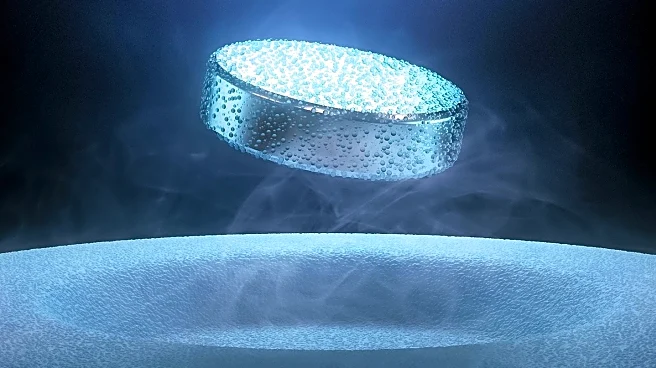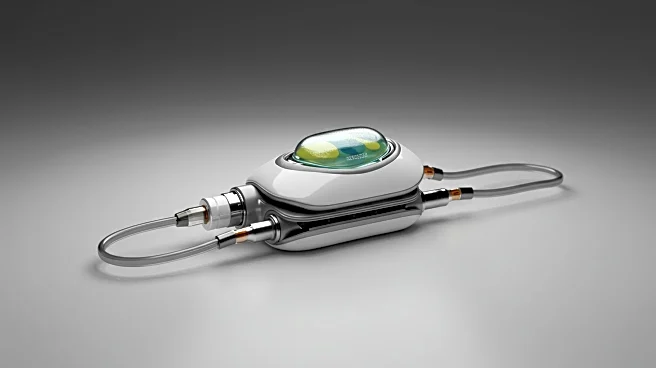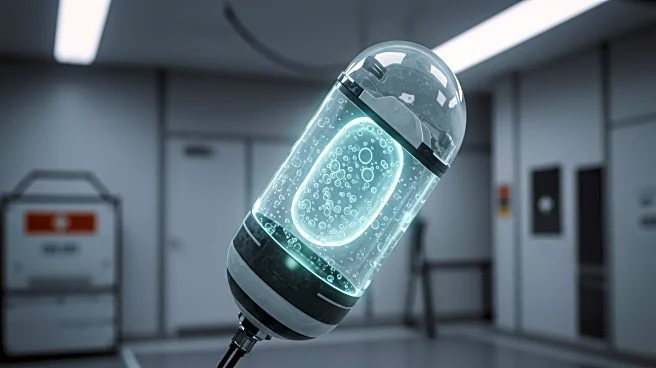What's Happening?
A new oxygenated implant system, developed by Minglin Ma's lab at Cornell University, has shown potential in sustaining insulin-producing cells in rats without the need for immunosuppression. The BioElectronics-Assisted Macroencapsulation (BEAM) system combines a miniaturized electrochemical oxygen generator with a scalable cell pouch, enabling continuous oxygen supply to the encapsulated cells. In an allogeneic rat model, the system reversed diabetes for up to three months, highlighting the importance of oxygenation for the long-term function of pancreatic islets.
Why It's Important?
The BEAM system represents a significant advancement in diabetes treatment, potentially shifting cell therapy from experimental to routine care for the two million Americans with type I diabetes. By eliminating the need for immunosuppressive drugs, the system addresses a major challenge in cell replacement therapy, offering a safer and more effective solution for managing diabetes. This innovation could lead to improved quality of life for patients and reduce the risk of complications associated with traditional insulin therapy.
What's Next?
The research team plans to scale up the BEAM system for pig studies and eventually human trials, aiming to establish the system as a viable treatment option for diabetes. The success of these trials could pave the way for broader applications of the technology, potentially leading to implants with allogeneic cells for long-term treatment of various conditions.
Beyond the Headlines
The development of the BEAM system underscores the importance of interdisciplinary collaboration in advancing medical technology. By integrating bioelectronics and macroencapsulation techniques, the system offers a novel approach to addressing the challenges of cell therapy, highlighting the potential for innovative solutions in healthcare.












